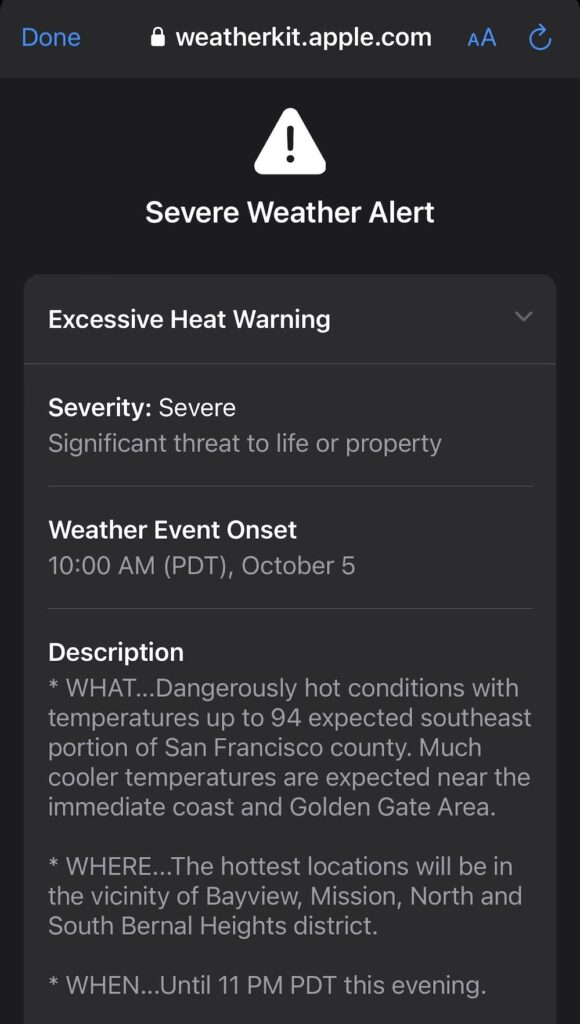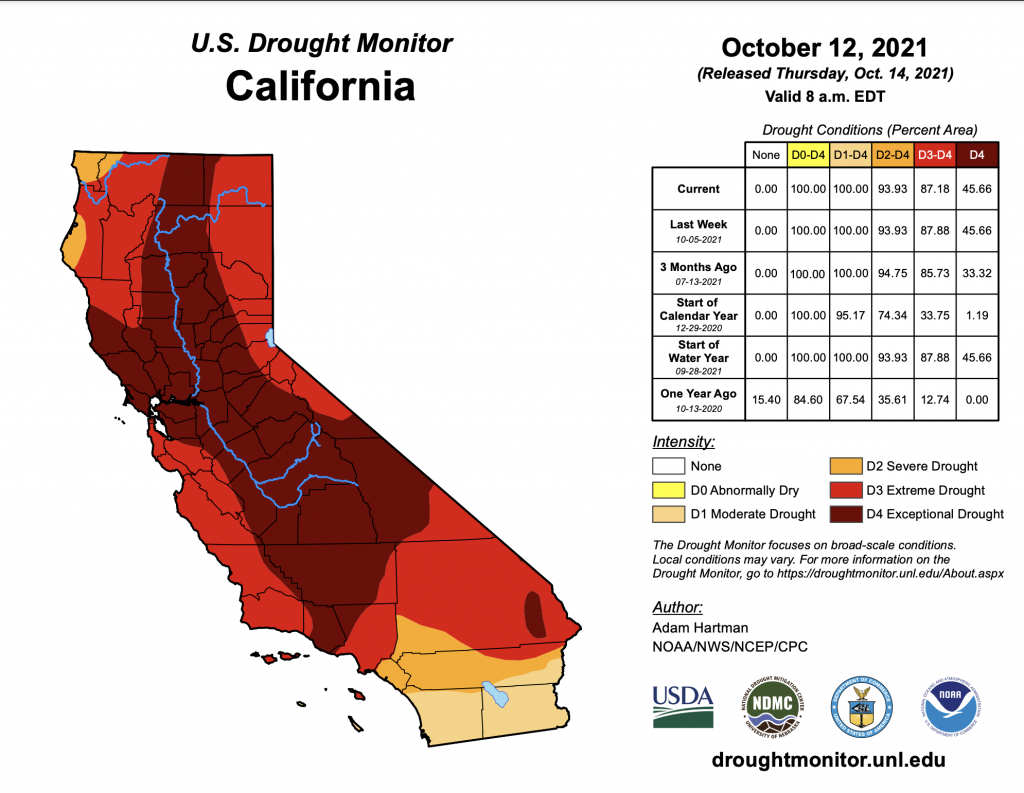In easier times, we look at the weather forecasts before going out. With the climate crisis making itself more apparent, now now also check smoke forecasts! Our environmental agencies have modeling just for this, and it is smartphone-friendly.
I regularly use airnow.gov or fire.airnow.gov to know if I need to wear a particulate filtering mask. These services are provided by the Environmental Protection Agency (EPA), National Oceanic and Atmospheric Administration (NOAA), National Park Service (NPS), NASA, Centers for Disease Control (CDC), and host of local agencies.
Fire and Smoke Map
In 2021, several features have been added to the information available when you click or tap a monitor or sensor icon. We’ve added a dashboard that gives you quick access to key information you can use to help plan your activities:
In recent days, the smoke coverage in satellite photos has been alarming, and sunlight has had a strangely yellow tinge to it. That’s is caused by high level smoke, but we also need to know if the smoke is close to the ground, because then we have to take precautions for our breathing and overall health. Waiting to smell it isn’t enough – it may come and go, and catch us unprepared.
The National Weather Service delivers on this surface smoke forecasting need!
I recommend following your local National Weather Service office on Twitter. Mine is NWS Bay Area, and they do a fantastic job!





